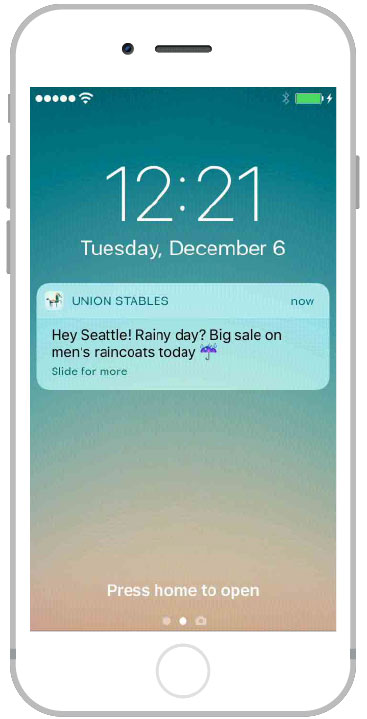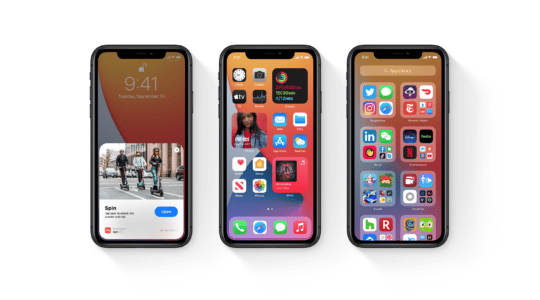
In mobile marketing, being great at user acquisition helps get users into your app, but doesn’t guarantee they’ll use it, or even keep it on their phone for long. That’s where push notifications can help. They remind users your app is there and gives value for how to use it.
There isn’t one concrete recipe to follow when it comes to push notification strategy, and every company will have to cook up their own unique push notification approach. But when you roll up your sleeves and nail down all the ingredients, the final result is pretty spectacular. Imagine knowing that your push campaigns could get user attention, triple engagement, double retention rates, and improve other key performance indicators you measure against.
Ultimately, creating a push strategy shouldn’t be over complicated. To help you get started, here are the basics.
The basics — what push notifications are
 Push notifications are the messages sent to a user on a mobile device when they are outside your app. Think of looking on your phone’s lock screen and seeing a message from Instagram that you received a new comment on one of your photos or a message from Uber that your driver has arrived.
Push notifications are the messages sent to a user on a mobile device when they are outside your app. Think of looking on your phone’s lock screen and seeing a message from Instagram that you received a new comment on one of your photos or a message from Uber that your driver has arrived.
The purpose of push notifications are to be succinct, attention-grabbing, and informative messages that add value to the end user.
Push notification terms
There are two different kinds of push notifications to be aware of: transactional and engagement-based.
Transactional: These are timely notifications that are specific to the user. They are programmed by your engineering or product teams to automatically fire when a user completes a specific action, like purchasing an item. They are messages such as Amazon saying “your order has shipped” or from the bank that “your bill is now available online.” These messages are automated — think of them as an external system (not a marketer) sending an update to the user.
Engagement-based: These are messages based on a user’s prior behavior in the app, planned and sent by mobile marketers. A marketer can say, “I want to send a discount to users who have purchased something in my app, but haven’t been active recently.” Other examples include Spotify sending you a message to listen to a specific song that’s similar to ones you already listen to, or the gaming app Clash of Clans promoting free gold or elixir if you go back into the app after months of not playing.
Now that you know the basics, master the best practices. Ready? Download the free e-book today.
Author
Becky is the Senior Content Marketing Manager at TUNE. Before TUNE, she handled content strategy and marketing communications at several tech startups in the Bay Area. Becky received her bachelor's degree in English from Wake Forest University. After a decade in San Francisco and Seattle, she has returned home to Charleston, SC, where you can find her strolling through Hampton Park with her pup and enjoying the simple things in life.




Leave a Reply
You must be logged in to post a comment.